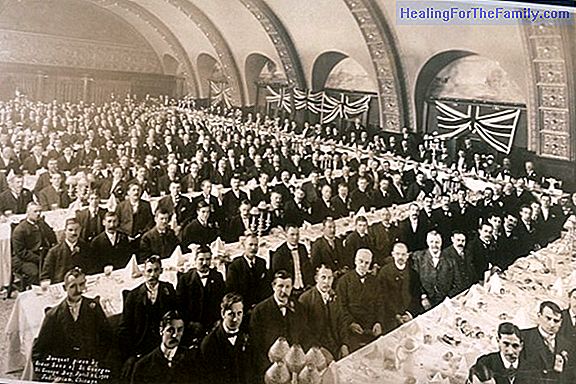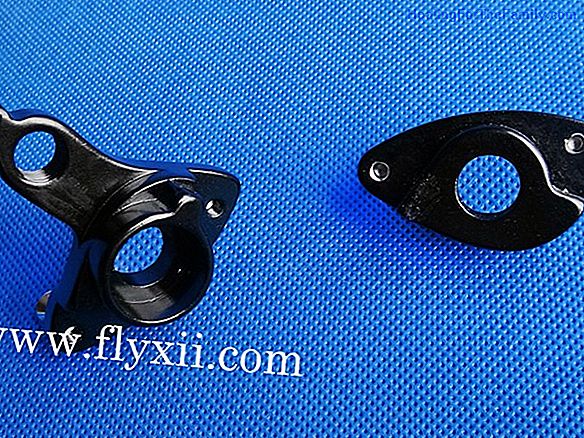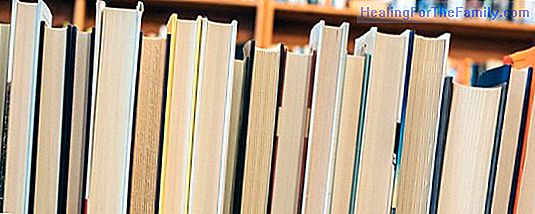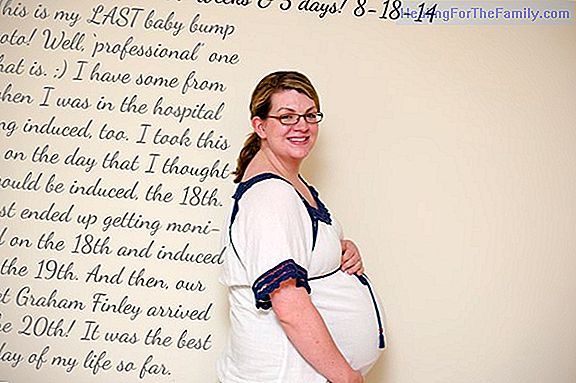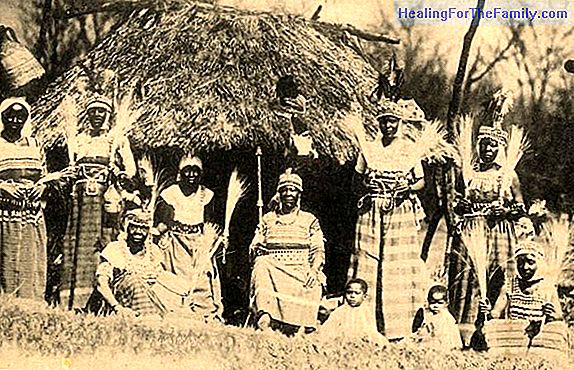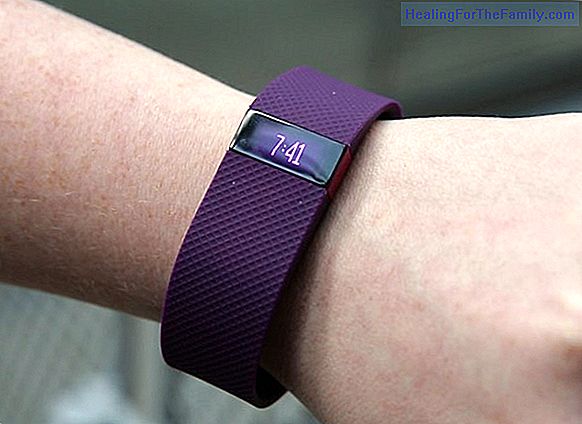Drooling of the nursing baby
Drooling in infants is very frequent after 2 or 3 months of age. It is the outflow of saliva through the mouth, either by excessive production by the child, or by inability to swallow it . It is usually associated with the appearance of the dentition, and the salivary glands mature from that moment.
Drooling in infants is very frequent after 2 or 3 months of age. It is the outflow of saliva through the mouth, either by excessive production by the child, or by inability to swallow it. It is usually associated with the appearance of the dentition, and the salivary glands mature from that moment.
If it appears suddenly, with or without fever, it may be associated with infections of the mouth or throat, and usually the child reflects pain or discomfort. In some cases it may be a sign of mental retardation or cerebral palsy if it occurs at older ages. It is a very frequent situation, which makes parents very uncomfortable, since the child is constantly wet.
Why the baby is drooling
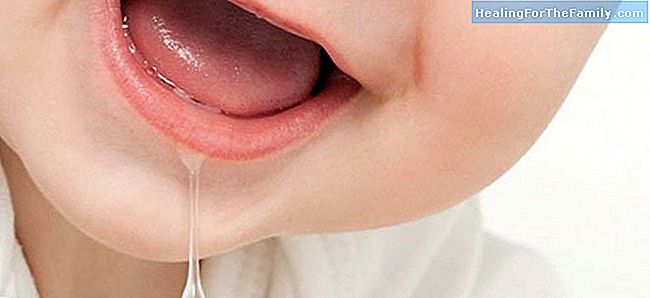
Drooling or excessive salivation begins at 2 or 3 months of age, when their parotid glands (the larger salivary glands) mature. At this age, babies also develop the ability to chew and control their movements, such as putting their hands to their mouths, which further stimulates the production of saliva. However, babies are still not able to swallow all the saliva they produce, which is why drooling occurs.
Saliva has many benefits for the baby:
- Once you start eating solids, saliva helps eliminate bacteria and food particles that can cause tooth decay. It also helps digestion by initiating the digestion of carbohydrates.
- Saliva contains a growth factor that, when ingested, helps the intestine to mature. It also helps neutralize stomach acid and protects the esophagus from irritation in cases of infant reflux.
What is the relationship between saliva and teeth?
Although the baby begins drooling at 2 or 3 months of age, tooth eruption does not occur until 6 or 8 months of age. But teeth or tooth nuclei, begin to move inside the gums much earlier, with only a couple of months of life, and this also stimulates the production of saliva. Saliva acts as a lubricant, and contains enzymes that fight against infections. That's why his saliva production increases every time a tooth comes out.
In addition to not having the incisive teeth can not act as a barrier, and his mouth is usually open. Drooling usually disappears by 2 years of age, when the motor function of the mouth improves.
What can we do to reduce drooling?
As we have seen, saliva has many beneficial effects, so you do not have to do anything in particular to reduce drooling.
It is true that it can cause some irritation of the skin of the face and neck and in these cases it is advisable to apply specific creams for this reason that the pediatrician can recommend. It is also advisable to avoid humidity by frequently changing the child's clothes o, or by putting on cotton bibs to avoid infections and irritations.In cases of sudden onset, associated with worrying signs or symptoms such as fever, pain when swallowing, difficulty in breathing, an urgent assessment by the pediatrician is necessary.

